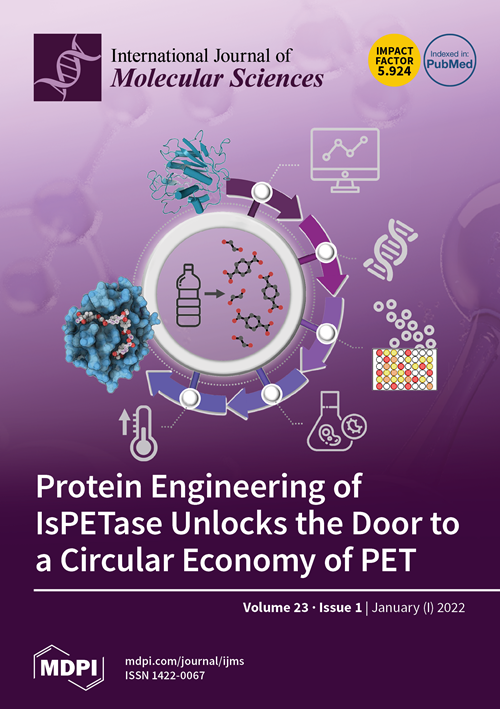Genome-Wide Association Analysis of Heat Tolerance in F2 Progeny from the Hybridization between Two Congeneric Oyster Species
IF 4.9
2区 生物学
Q1 BIOCHEMISTRY & MOLECULAR BIOLOGY
引用次数: 0
Abstract
As the world’s largest farmed marine animal, oysters have enormous economic and ecological value. However, mass summer mortality caused by high temperature poses a significant threat to the oyster industry. To investigate the molecular mechanisms underlying heat adaptation and improve the heat tolerance ability in the oyster, we conducted genome-wide association analysis (GWAS) analysis on the F2 generation derived from the hybridization of relatively heat-tolerant Crassostrea angulata ♀ and heat-sensitive Crassostrea gigas ♂, which are the dominant cultured species in southern and northern China, respectively. Acute heat stress experiment (semi-lethal temperature 42 °C) demonstrated that the F2 population showed differentiation in heat tolerance, leading to extremely differentiated individuals (approximately 20% of individuals die within the first four days with 10% survival after 14 days). Genome resequencing and GWAS of the two divergent groups had identified 18 significant SNPs associated with heat tolerance, with 26 candidate genes located near these SNPs. Eleven candidate genes that may associate with the thermal resistance were identified, which were classified into five categories: temperature sensor (Trpm2), transcriptional factor (Gata3), protein ubiquitination (Ube2h, Usp50, Uchl3), heat shock subfamily (Dnajc17, Dnaja1), and transporters (Slc16a9, Slc16a14, Slc16a9, Slc16a2). The expressional differentiation of the above genes between C. gigas and C. angulata under sublethal temperature (37 °C) further supports their crucial role in coping with high temperature. Our results will contribute to understanding the molecular mechanisms underlying heat tolerance, and provide genetic markers for heat-resistance breeding in the oyster industry.两种同源牡蛎杂交 F2 后代耐热性的全基因组关联分析
作为世界上最大的养殖海洋动物,牡蛎具有巨大的经济和生态价值。然而,夏季高温导致的大量死亡对牡蛎产业构成了巨大威胁。为了研究牡蛎热适应的分子机制并提高其耐热能力,我们对华南和华北地区的主要养殖品种--相对耐热的巨型牡蛎♀和对热敏感的巨型牡蛎♂杂交产生的F2代进行了全基因组关联分析(GWAS)。急性热胁迫实验(半致死温度 42 ℃)表明,F2 群体耐热性出现分化,导致个体极度分化(约 20% 的个体在头四天内死亡,10% 的个体在 14 天后存活)。对这两个差异群体进行基因组重测序和全球基因组分析,发现了 18 个与耐热性相关的显著 SNPs,以及位于这些 SNPs 附近的 26 个候选基因。其中有 11 个候选基因可能与耐热性有关,它们被分为五类:温度传感器(Trpm2)、转录因子(Gata3)、泛素化蛋白(Ube2h、Usp50、Uchl3)、热休克亚家族(Dnajc17、Dnaja1)和转运体(Slc16a9、Slc16a14、Slc16a9、Slc16a2)。上述基因在亚致死温度(37 °C)下的表达差异进一步证明了它们在应对高温中的关键作用。我们的研究结果将有助于了解耐热性的分子机制,并为牡蛎业的耐热育种提供遗传标记。
本文章由计算机程序翻译,如有差异,请以英文原文为准。
求助全文
约1分钟内获得全文
求助全文
来源期刊

International Journal of Molecular Sciences
Chemistry-Organic Chemistry
CiteScore
8.10
自引率
10.70%
发文量
13472
审稿时长
17.49 days
期刊介绍:
The International Journal of Molecular Sciences (ISSN 1422-0067) provides an advanced forum for chemistry, molecular physics (chemical physics and physical chemistry) and molecular biology. It publishes research articles, reviews, communications and short notes. Our aim is to encourage scientists to publish their theoretical and experimental results in as much detail as possible. Therefore, there is no restriction on the length of the papers or the number of electronics supplementary files. For articles with computational results, the full experimental details must be provided so that the results can be reproduced. Electronic files regarding the full details of the calculation and experimental procedure, if unable to be published in a normal way, can be deposited as supplementary material (including animated pictures, videos, interactive Excel sheets, software executables and others).
 求助内容:
求助内容: 应助结果提醒方式:
应助结果提醒方式:


